One of Gozo's most anticipated events of the summer, the long awaited ‘Balzuenetta’ is almost here! The iconic celebration takes place every Friday on the week of the Ghajnsielem village feast dedicated to ‘Our Lady of Loreto’, this year taking place on Friday 30th August.
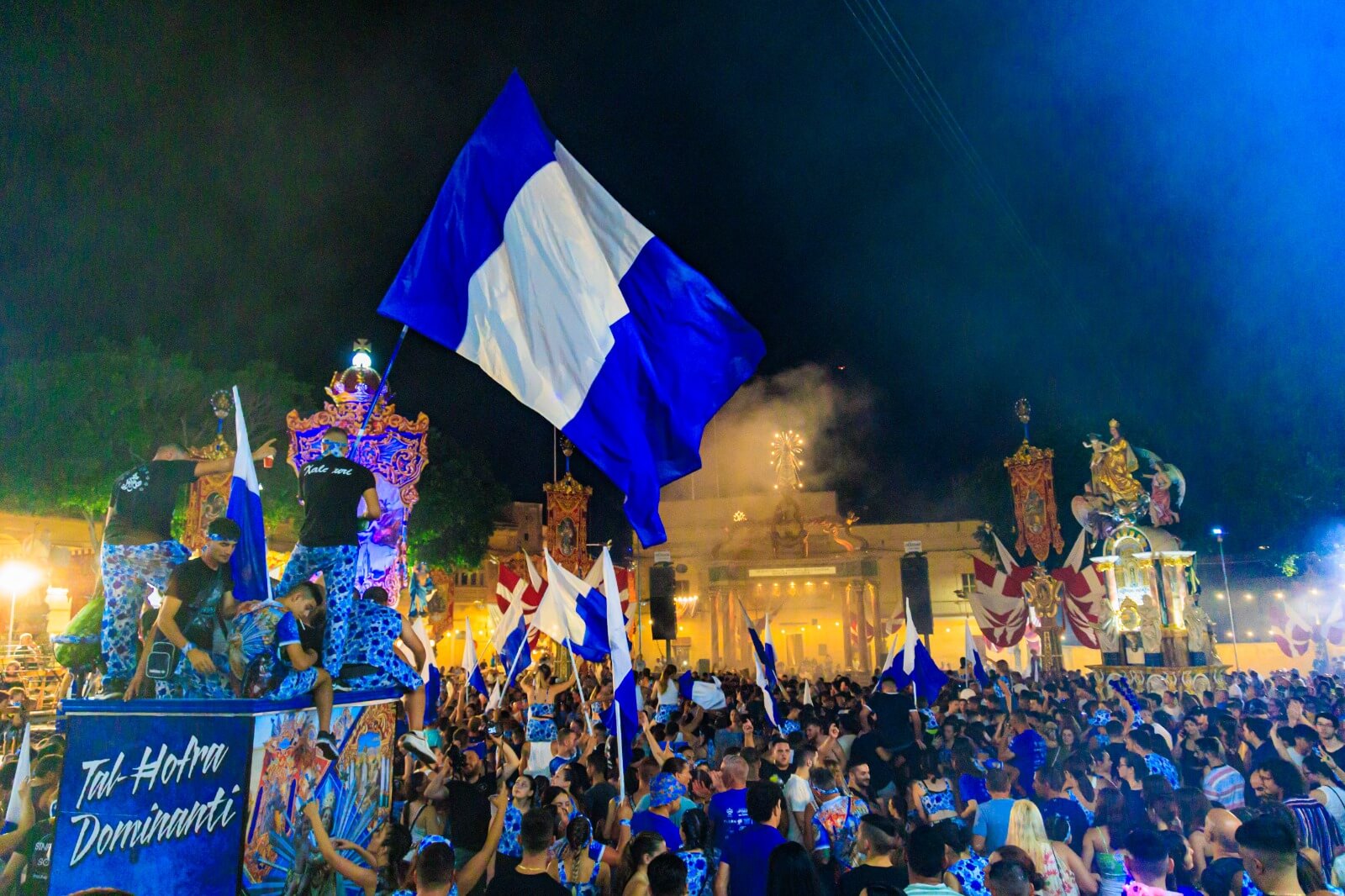
It’s truly a 'festa marc' like no other that is full of unique traditions, resulting in an incredibly joyous and fun night out.
Thousands of locals and tourists alike are set to fill the streets of Ghajnsielem this Friday, but what’s so special about Balzunetta and what’s the history behind it?
The euphoric celebrations start off from Mgarr road and finish at the Ghajnsielem main square. Unlike most other Maltese feasts, Ghajnsielem locals show up dressed from head to toe all in exactly the same fabric. Most people design the fabric in different styles, but they all show up in the same fabric pattern that changes every single year. Last year’s design, for instance, had a blue backdrop with white, pink and yellow tropical flowers.
This odd and unique tradition started sometime in the 1980s, when a group of youths appeared for the Balzunetta all donned in the same fabric. It soon caught on and 40 years later, it’s a huge part of the identity of the Ghajnsielem feast. People buy the fabric from Ghajnsielem’s 'Għaqda tal-Armar' with all the proceeds going towards the expenses it takes to organise the feast.
They all gather in front of the beautiful 'Our Lady of Loreto' as they sing and dance along the local live band playing the village's favourite and original tunes dedicated to the feast’s patron saint.
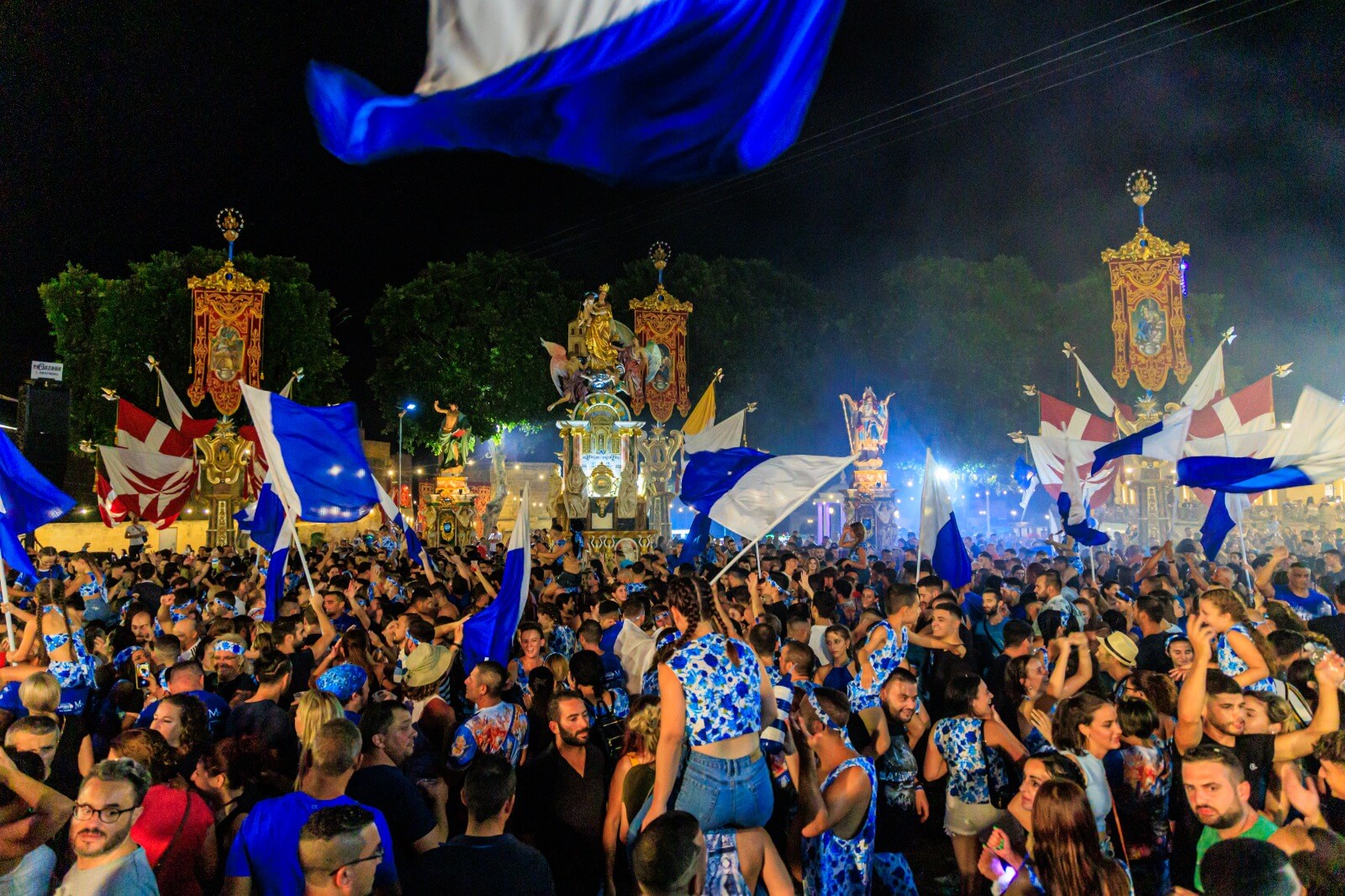
You’ll also notice that most of them are holding large watermelons filled with punch that more often than not contains alcohol. Now that’s one strong cocktail! As opposed to drinking alcohol the normal way as they do in village feasts, the Ghajnsielem locals opt for a bit more flare and style.
Attendees will constantly be hearing ‘Viva x-Xemx’ chants throughout the night as Ghajnsielem feast enthusiasts are known as 'ta’ xemx' which means 'of the sun' in English.
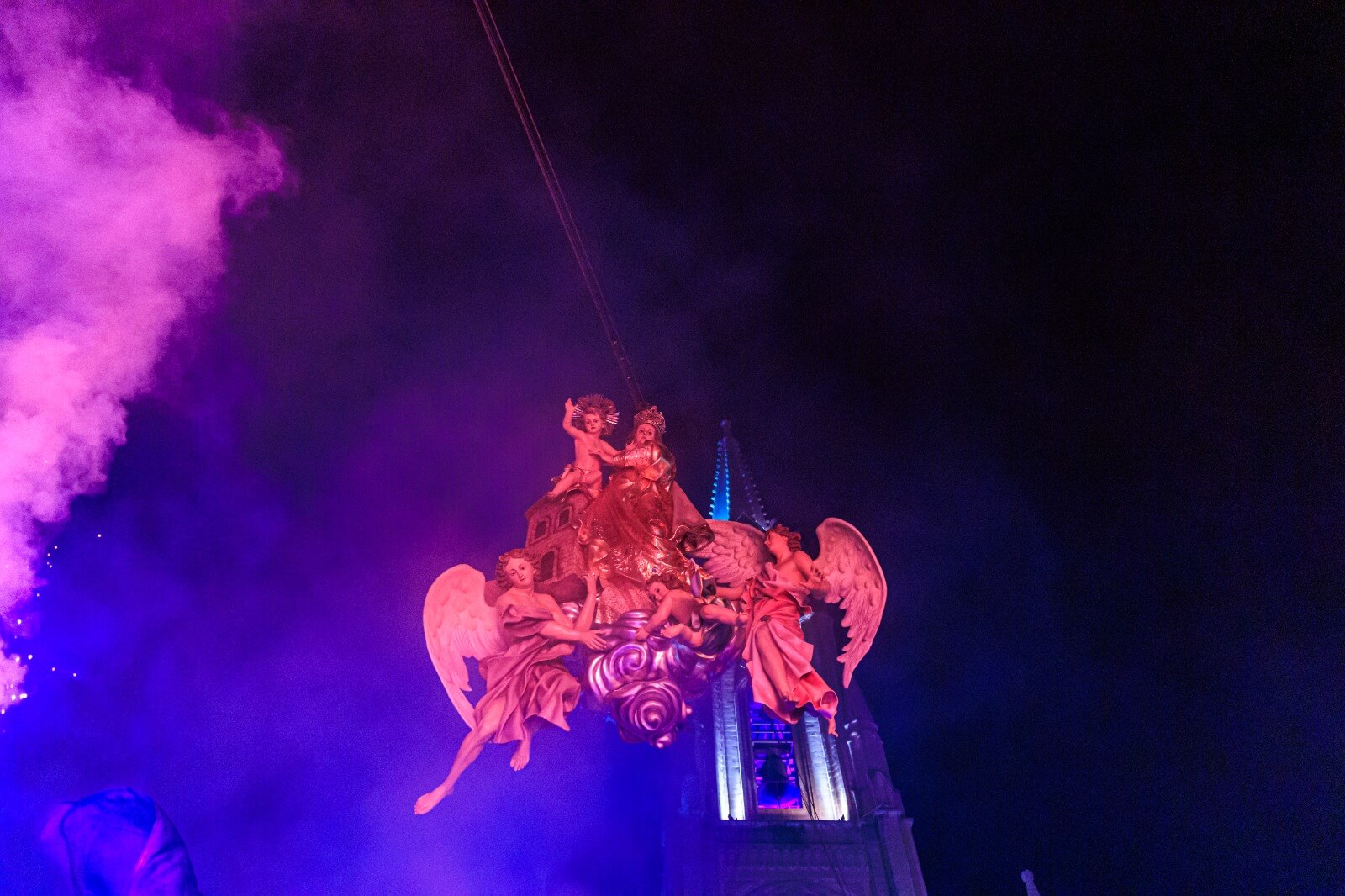
The unique festa traditions at Balzunetta don’t stop there. When the festivities finally arrive at the square, the statue is lifted onto the pedestal, right in the middle of the square. Typically, in other feasts across the islands, the statue is lifted using a lift attached to the pedestal, but at Ghajnsielem they like to do things a little differently.
As their village patron saint is 'Our Lady of Loreto', who also happens to be the patron saint of aviation, they attach the statue to a mechanical line that crosses the whole square as it slowly moves towards the pedestal.
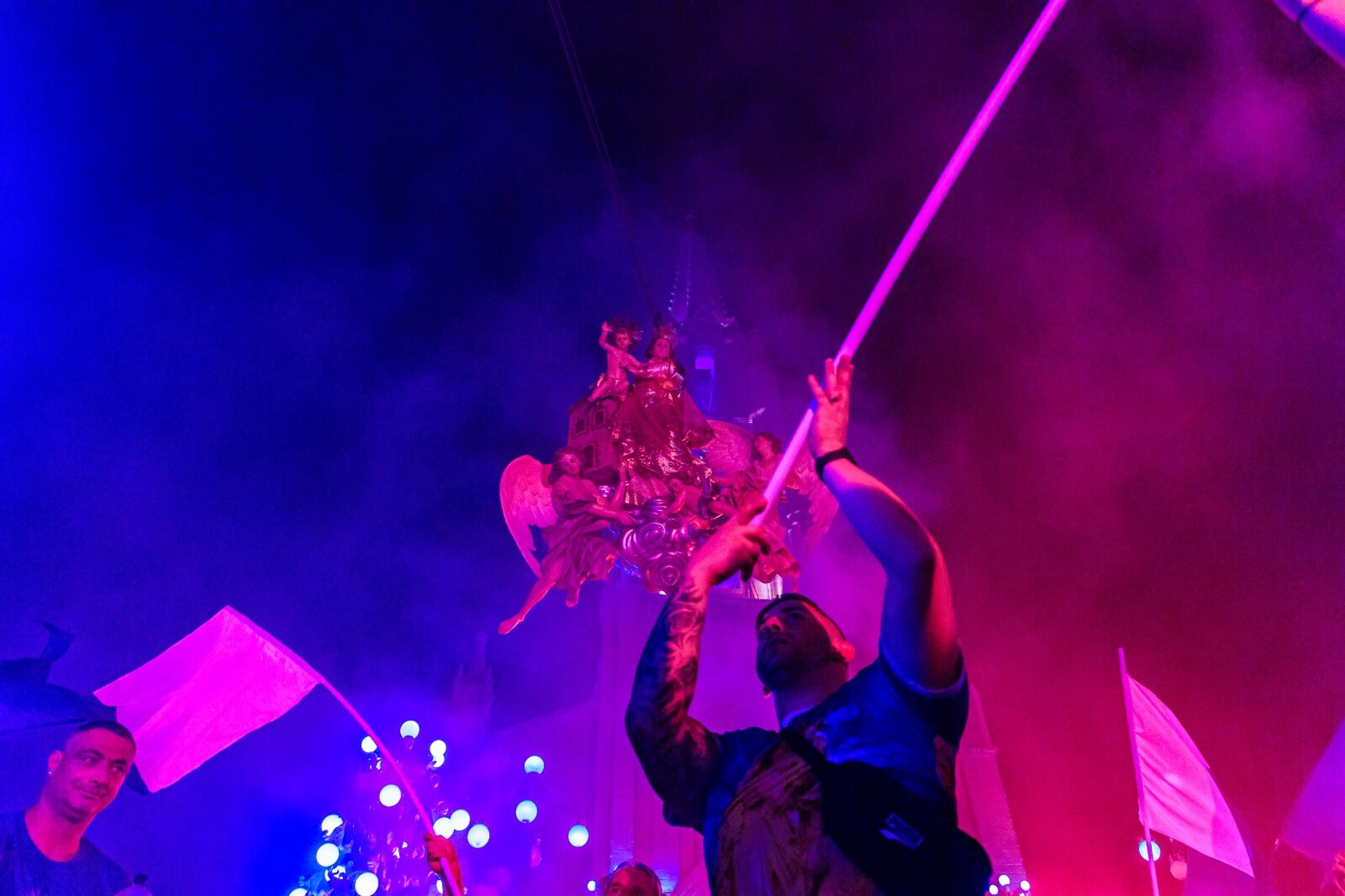
This fly-by show is done to symbolise the angels carrying the Our Lady of Loreto from Nazareth to Loreto as the people on the ground sing the ethereal Ave Maria.
However, the question that begs to be asked is where did the name ‘Balzunetta’ come from? Nobody is exactly sure, but it seems that is has a connection to the Balzunetta area in Floriana, Malta. This area was very popular in the twentieth century for the number of bars available there!
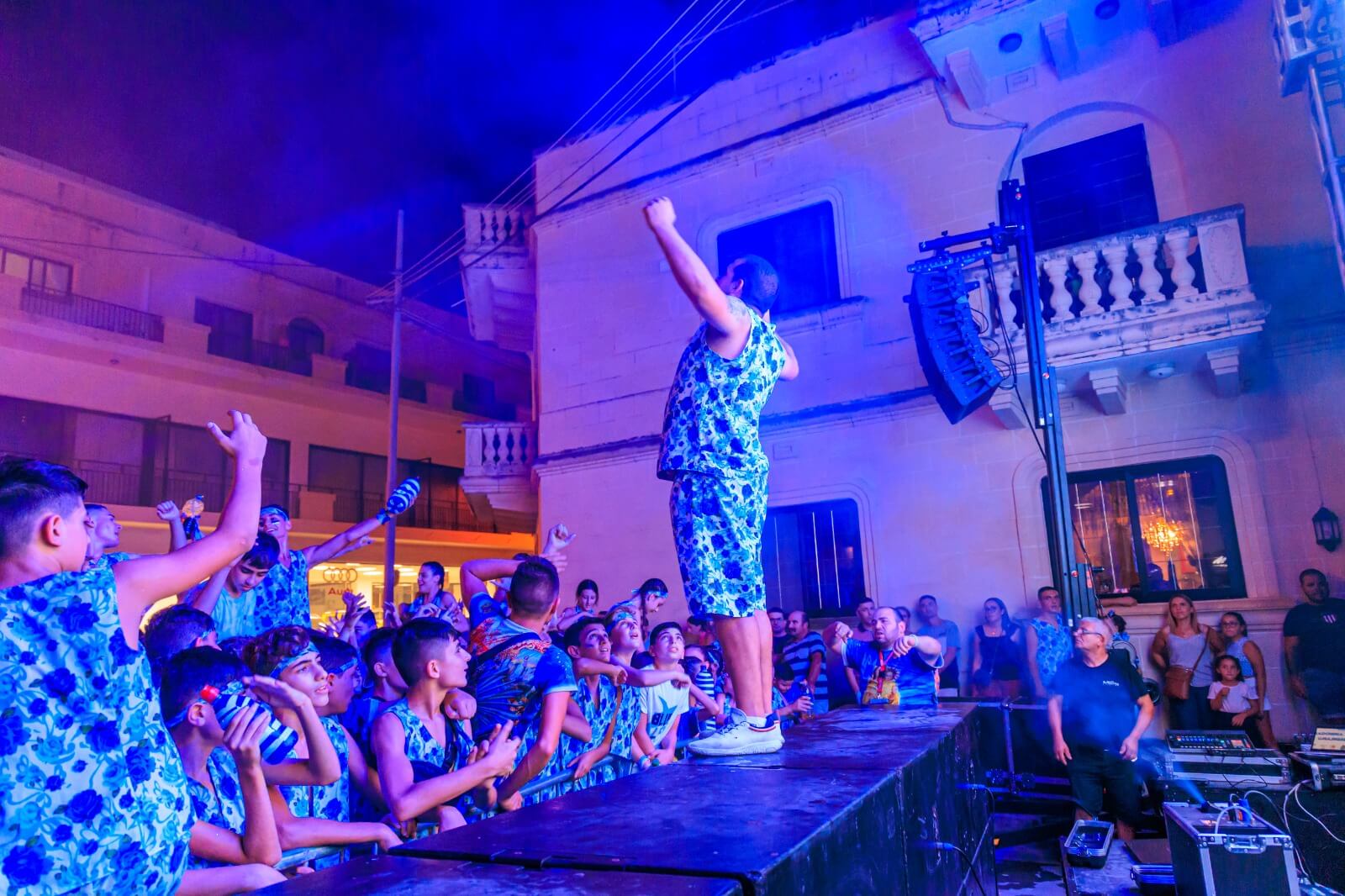
It so happens that a Brtitish Garrison was stationed in Fort Chambray in Ghajnsielem, and over two dozen bars were opened at the time near the area to serve British soldiers. As the area was similar to the one in Floriana, they nicknamed it Balzunetta which eventually caught on as the name of the feast celebrations we know of today.
A special thanks goes to the Mayor of Ghajnsielem, Kevin Cauchi for all the information.
Charles Buttigieg